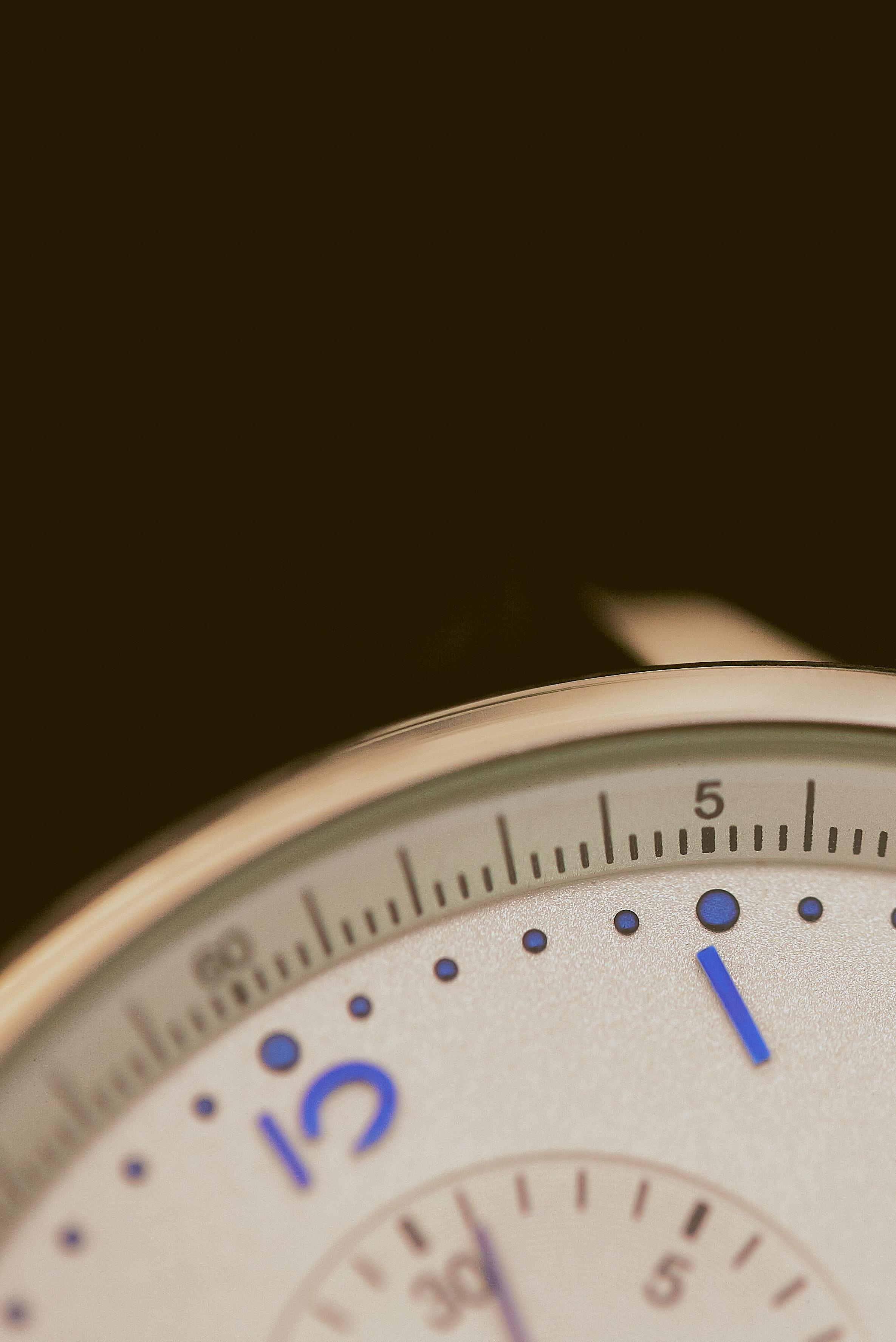
4 minute read
TIME CAPSULES AND CLIMATE DOOM
LYDIA SCHOFIELD
It’s my first proper day on campus in my first year of university. The sun is bright, my sunscreen has stuck to my face mask and I am bubbling with nerdy excitement for the era of my life that begins here and now. The future is mine for the taking, or it will be as soon as I finish my lunch and head up to the library to get working.
Advertisement
Across the Bowen Street courtyard, a cluster of clubs and activity groups loiter in search of new members. On the small lawn, a group of cheerleaders stretch and hula-hoop as a DJ fills the space with music that is too loud. I watch them quietly as I eat, and scan the surrounding buildings, studying the patchwork of architecture that makes up the courtyard. My attention travels down from the gargoyles on the Francis Ormond Building to the small plaque at the foot of the stairs. It bears a message engraved on its smooth metallic surface:
ROYAL MELBOURNE INSTITUTE OF TECHNOLOGY TIME CAPSULE
WAS PLACED HERE ON THE OCCASION OF THE CENTENARY CLOSING CEREMONY, 21 OCTOBER 1987.
TO BE OPENED IN THE YEAR 2087
2087. It’s a year out of a sci-fi movie, a time I can’t entirely grasp as real. If all goes well – if fire, flood, and plague haven’t claimed me in the meantime – I will be eighty-five in 2087. I could see them lift the time capsule from the ground. I could make a speech at the ceremony.
No one who saw the capsule buried in 1987 will be alive to see it. Or, at least, I imagine they won’t. We could all be superhuman by the sci-fi year, with cyborg lung replacements and hearts which never stop beating. Or we could all be choking under a thick cloud of smog. Something
tells me the latter is more likely.
I try to focus on my lunch, but my worries spiral. Pulling my phone from my back pocket, I doomscroll through news articles about the climate.
There are studies that suggest human society could completely collapse in the next thirty years due to climate catastrophe. I’m not entirely sure what ‘societal collapse’ entails, but I know the phrase sends a bolt of fear through me.
The problem is that climate scientists don’t exactly know how an increasingly unstable and volatile climate will affect our societies either. It’s not the kind of thing you can easily predict. We can’t know how people will react to the constant convergence of emergencies the climate crisis will bring. We’re in uncharted waters already, and they’re only going to get deeper.
So, while I may be here in 2087, I don’t know if we will. Will the university, the government, any kind of authority still be standing? There may be no one but me here to mark the time capsule’s century spent underground.
I can’t picture that scene. It’s like my brain won’t let me imagine a world, a real world, with that level of disaster. I don’t know how to imagine my city without the institutions it holds – the universities and schools, the hospitals, and layers of government, broken as they are. I don’t have the right kind of data for those futures to fit into my head as anything other than vague hypotheticals.

That’s not to say I don’t have data. Now, in 2021, we are already feeling the effects of the climate crisis. We are already being pulled into the evertightening gyre that is our future.
Right now, the Antarctic Peninsula is shrinking. We lose 150 billion tons of Antarctic ice a year; the oceans are becoming more acidic; there are plastics and microplastics in Marianas Trench; fire seasons are harsher and less predictable than ever; pollution is responsible for almost one in five deaths globally; and the expansion of coal mines and other destructive enterprises won’t be stopped until profits dry up.
It’s difficult not to feel doomed.
The United Nations sets 2°C above pre-Industrial Revolution levels as the limit above which climate change will be dangerous. We’re already at 0.8°C. It’s already dangerous; the Black Summer taught us that.
Two-thirds of that warming has occurred since 1980. Two-thirds since the time capsule was buried.
I don’t know how an eighty-five-year-old would survive in the extreme heat, storms, and floods predicted for our future. I don’t know how I will survive them. But I must train myself to believe in these futures, in these horrific predictions. To imagine otherwise is an irresponsible promise for a future that may never come.
I think that’s the first step: believing. The second is to fight for a world where I can imagine a life – a family, a home, a spring afternoon spent watching a time capsule reveal its buried relics – without imagining my society’s doom. We deserve thousands of tomorrows. We deserve to grow rickety with age.
The fight will be our time capsule, our gift to the future and to ourselves.
AGÊ BARROS VIA. UNSPLASH
ELLEN WAITE @ELF.WAITE










